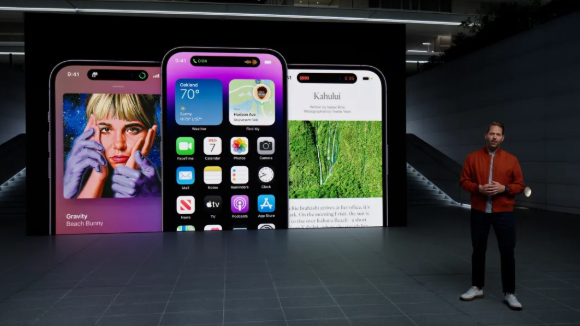When Apple's Vision Pro defines high-end spatial computing devices at a high price of $3,499, Samsung has launched a direct challenge with half the price, stronger display specifications, and an open Android ecosystem. On October 22, Samsung Electronics officially launched its first mixed reality headset, Galaxy XR - the world's first spatial computing device based on the Android XR platform, priced at only $1,799, significantly lowering the threshold for the high-end MR market.
The hardware configuration of Galaxy XR is impressive. It features two Micro OLED displays, with a total of 29 million pixels, a single-eye resolution of 3552×3840, covering 96% DCI-P3 color gamut, and offering color performance and clarity that even surpass Vision Pro. Although the maximum refresh rate is 90Hz, slightly lower than Apple's 120Hz, Samsung has achieved a significant advantage in wearing experience: even with an forehead light shield added, the entire device weighs only 545 grams, far lighter than Vision Pro's 800 grams, providing a more comfortable physical foundation for long-term immersive use.
In terms of software and ecosystem, Galaxy XR deeply integrates Google AI capabilities. Powered by the Gemini model-driven intelligent engine, the device can convert ordinary 2D videos into spatially immersive content in real time, and supports natural gesture interaction - users can simply lift their hand to point, and they can access environmental information and control virtual interfaces, achieving a truly intuitive "what you see is what you control" experience. This capability is supported by Qualcomm's powerful computing platform, ensuring efficient and smooth AI inference.
To accelerate market penetration, Samsung and Google have jointly launched the "Explorer Package": users who purchase Galaxy XR by the end of 2025 will receive free digital benefits worth over $1,000, including a 12-month Google AI Pro subscription, YouTube Premium, exclusive XR app content, and more. This strategy not only enhances product appeal but also highlights its business logic of driving hardware sales through service ecosystems.
As the first flagship-level device from the Android XR camp, Galaxy XR is not only a technological demonstration but also a direct confrontation between closed and open paths in spatial computing. The initial markets are the United States and South Korea, with further expansion to global markets in the future. With multiple advantages in price, display, weight, and ecosystem, this headset has the potential to become a key turning point in pushing spatial computing from high-end trial to mass adoption.






